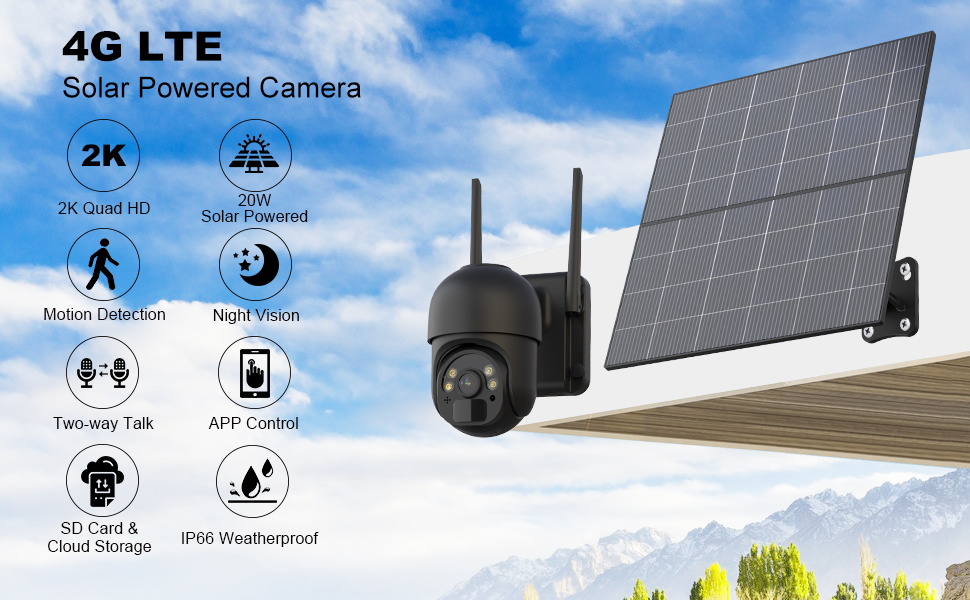The herring fish body is blue and it is one of the “Four Home Fishes†in freshwater aquaculture in China. It is mainly distributed in the plains south of the Yangtze River in China. The individual herring is large, feeding is simple, and it grows rapidly. The prospect of artificial rearing is broad. This issue introduces a group of bluefish breeding techniques for farmers' reference.
1
Maintain the water body to ensure the growth environment
Fish species should be stocked before and after the end of February, so when the water temperature is low, the fish scales are tight and the operating species such as nets and handling are not easily injured. Each acre stocking rearing weight of 1 kilogram of second-instar fish species 200 to 250 tails, with a tail weight of 0.3 kilograms of 100 species of eel, 50 species of eel, and 0.05 kilograms of Ukrainian species with 20 tails. Add 8 grams of copper sulphate and 1 gram of bleaching powder to bathe 20 to 30 minutes per square meter of fish before entering the pond, or disinfect with 3% to 5% of saline for 15 minutes.
Crayfish species should be selected to be over 6kg and over 15kg in weight. The body is robust and has no damage. Male and female fish are stocked at a ratio of 1:1. The pool area is 3~7 mu, the water depth is more than 2 meters, the bottom of the pool is flat, the soil is loam, 1~2 tails per acre, and the herring are concentrated in a special pool one month before the production.
The herring species are mainly fed with fresh snails and clam meat, supplemented with a small amount of vegetable cakes and bean cakes, and should be flushed regularly. In general, the water is flushed once a month in the winter, and water is washed 5 to 7 days per month after the spring starts. , Flush once every 3~5 days in the month before labor to promote the development of gonads in the species of bluefish. Usually after the polyculture, we must ensure that the pool water is clean, regularly add new water, so that the water quality meets the “fat, live, tender, and cool†requirements. In the spring and autumn season, the water injection is usually 2 to 3 times per month and the summer water injection is 5 to 8 times per month. , Each injection of water 8 to 12 centimeters, in June every 15 to 20 days Quanchipui lime 1 (amount of 15 to 20 kg per acre); in the spring and autumn season generally change the water once a season, in the summer every month to change the water once, change The amount of water is 1/5 to 1/4 of the original pool water each time. When the water is changed, the cover can be removed directly, because the herring is the lower layer of fish, so the phenomenon of fish escape does not occur when the water is drained, and it should be installed immediately after the drainage is completed.
Take a tour of the pond every night. Observe and open the aerator in the middle of the night on rainy days. In general, from June to September, aerators will be opened for 1 to 2 hours at noon on a sunny day. When the floating head is heavier, it must be turned on until dawn. When the climate is cold, it is not necessary to open an aerator every day.
2
Artificial oxytocin raises the breeding capacity of broodstock
The first mature age of C. yangsiensis is 3 to 6 years old, usually 4 to 5 years old, and the male fish is 1 to 2 years old earlier. The female mature individual is generally about 1 meter long and weighs about 15 kilograms. Male mature individuals are generally about 900 millimeters long and weigh about 11 kilograms. The breeding season is from May to July, and the general increase in river water can stimulate its spawning. Spawning activities are scattered and last longer. The spawning grounds are located on the Yangtze River from Chongqing to the Daoist Dujiangyan section. There are also tributaries of Hanshui and Xiangjiang Rivers, but the scale is not large. Absolute ovulation per gram of body weight is an average of 100,000 tablets, a maturation rate of about 14%; artificial oxytoprostrate yields approximately 50,000 eggs per kilogram of body weight. Egg drifting, transparent egg membrane, egg diameter 1.5 ~ 1.7 mm, water swelling up to 5 ~ 7 mm. After discharge into fresh water, sperm usually have fertilization capacity within 1 minute. Embryonic development temperature 18 °C ~ 30 °C, the optimum temperature 26 °C 1 °C, below 17 °C or higher than 30 °C will cause developmental arrest or deformity. The larva hatched about 35 hours at a water temperature of 21°C~24°C. The newly hatched larvae are pale yellow, 6.4-7.4 mm long and slightly curved. After the disappearance of the yolk sac and the appearance of the pupa, the blue-fish fry show a "black" pattern on the head and back. During reproduction, the male's pectoral fins, zygomatic caps, and head appear as stars, and the female's pectoral fins are smooth and non-star.
The time of oxytocin production is generally mid-to-late May. The water temperature is between 22°C and 30°C, and the water temperature is 25°C.
The maturity of the herring was selected to have a direct effect on the oxytocin production. The herring should be strictly selected in the oxytogen mating group. The selection criterion for the male fish was to squeeze out the semen out of the genital hole in the light squeezing, and to spread out after the warm water, and the abdomen of the female was enlarged. , soft and elastic, the abdominal scales are more sparse.
Use of oxytocin commonly used drugs for herring production: “PGâ€, pituitary, “LRH-A†luteinizing hormone-releasing hormone analogues, “HCG†chorionic gonadotropin, GTH gonadotropin, “DOM†diketone, etc. The oxytocicurant must normally be turned on until dawn when the floating head is heavy. When the climate is cold, it is not necessary to open the aerator every day.
3
Science Incubation Guarantees Reproductive Benefits
After the estrus injection of the second needle oxytocin, the herring species are returned to the spawning pool, so that when the estrus time of the herring is reached, artificial egg collection and insemination is performed in time. The length of benefit time varies with the temperature of the water, and the water temperature is 25°C~28°C. The benefit time is 8 to 10 hours. At this time, the dynamics of the herring estrus should be carefully observed. When the herring estrus time arrives, the herring should be picked up and the herring should be checked with the fish. At this time, if the female fish gently presses the abdomen, the fish eggs can flow out from the genital hole, and the male fish can quickly spread out the semen's warm water and begin to collect eggs manually.
Semen collection for dry water artificial insemination, if you can not pick the natural egg, put the species back into the spawning pool, wait for herring estrus, the eggs and sperm collected should be fully mixed, to be fertilized, to avoid artificial insemination Directly kill eggs by direct sunlight. After insemination, fertilized eggs should be quickly diluted with water and put into the ring to hatch. Before performing artificial insemination, tools, washbasins, nets, fish beds, and brushes should be prepared. The action is light, so as not to hurt the green fish.
The artificially collected fertilized eggs in hatchery hatching should be promptly put into the pre-prepared circulation water, and the density should not exceed 1.2 million per square meter. The flow rate in the loop should be appropriate. The early water flow rate was about 17 cm per second, and the expanded fertilized eggs rushed to the surface of the water for degree. When the fry just emerged from the membrane, it should strengthen the management of commonly used 3 to 4 kinds of drugs in the mixture of oxytocin has good effect, and the use of secondary injection method of oxytocin, the first female injection of LRH-A2 ~ 5 mg per kilogram, needle distance 8 ~12 hours later, a second dose of LRH-A10~20 mg + PO2~4 mg + HCE 500 ~ 1200 IU or DOM5 mg was added. The mixture was formulated as a mixture and intraperitoneal injection was used. The female dose is 1/3 to 1/2, and the effect time is 8 to 10 hours.
4
Preventing the reduction of epidemics in advance
The prevention and control of diseases adheres to the principle of "prevention from prevention, prevention from treatment, and prevention from combination". The fish species are strictly sterilized before stocking. Each cubic metre of the lower pond is splashed with 1 gram of crystal trichlorfon Quanchipi once. After that, 25 ml of quicklime and 1 ml of bleaching powder are regularly sterilized and regularly administered to prevent enteritis drugs. The bait is fresh and palatable, and the dead fish is removed from the deep-buried soil in a timely manner. The used fishing gear must be immersed and sterilized. And chlorine-containing preparations Quanchiposa disinfected, in the bait added drugs made bait. Herring is extremely sensitive to drugs. Little care is taken during treatment to cause damage to the fish. Fish should be used strictly in accordance with regulations.
Bacterial enteritis is very likely to occur under conditions of high density culture, and the onset period is mostly from April to September. When the disease is found to be promptly treated, it is usually possible to remove the diseased fish from the water surface first to prevent it from affecting other fish bodies. Sprinkle the bleaching powder 100 times into the pool and use 100 times liquid crystals of trichlorfon. Use 100 kilograms per acre. The liquid medicine can also be used for internal medicine. 40 g of neomycin sulfate powder is added for every 100 kg of feed, which can be fed once a day for 2 to 3 times.
What do Dome Solar Camera Work ?
Solar surveillance cameras use solar panels to capture sunlight and convert it into direct current (DC). After that, the inverter will turn the DC power into alternating current (AC), which can be used to power the solar-powered security IP cameras and batteries for continued use. When there's no sunlight, wireless solar-powered security cameras can still draw power from a rechargeable battery that stores excess electricity generated by the solar panels.


Note: Contrary to popular belief, solar-powered cameras can also generate electricity on rainy or cloudy days because visible light can also pass through rain and clouds. But it goes without saying that solar powered surveillance cameras are less efficient on rainy or cloudy days, so maximum direct sunlight is beneficial for solar powered surveillance cameras to perform at their best. And, since outdoor solar-powered surveillance cameras come with a weatherproof design, you don't need to worry about them on rainy days. In fact, the occasional rain can be a boon - clean the surveillance cameras on your solar panels for free
Dome Solar Camera,solar powered,Night light,PTZ control,Security CCTV Cameras,Ip Camera
Shenzhen Fuvision Electronics Co., Ltd. , https://www.outdoorsolarcameras.com